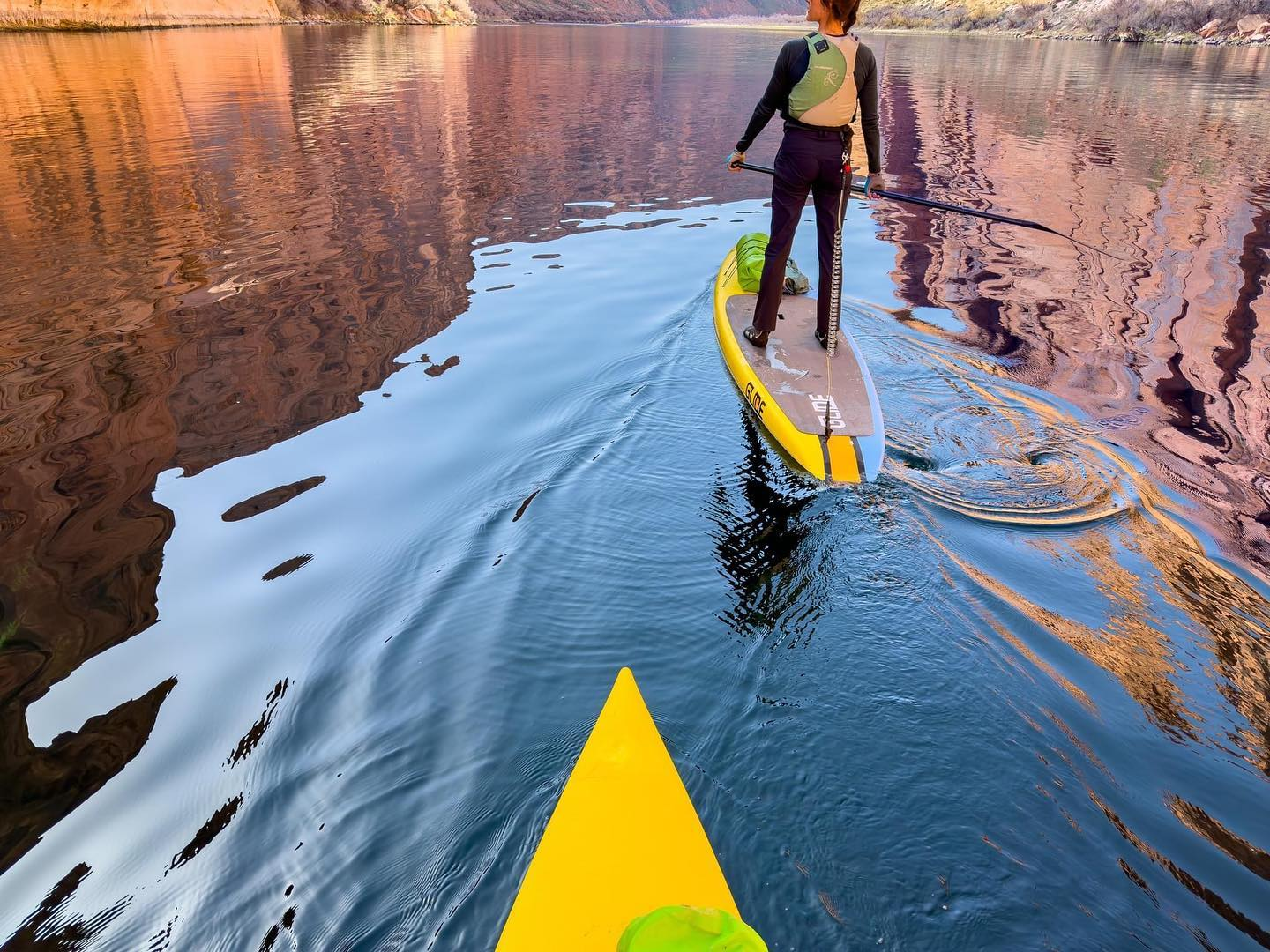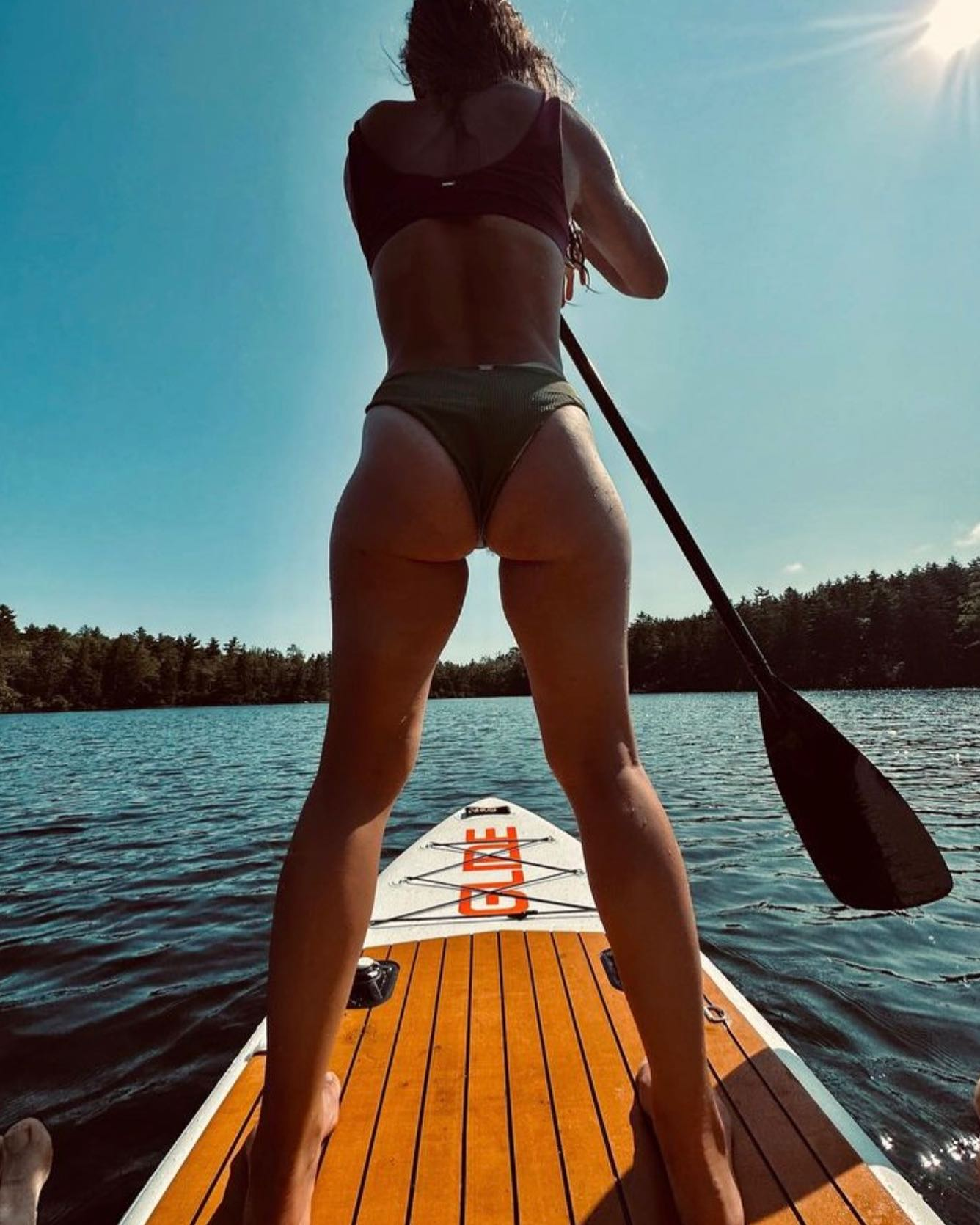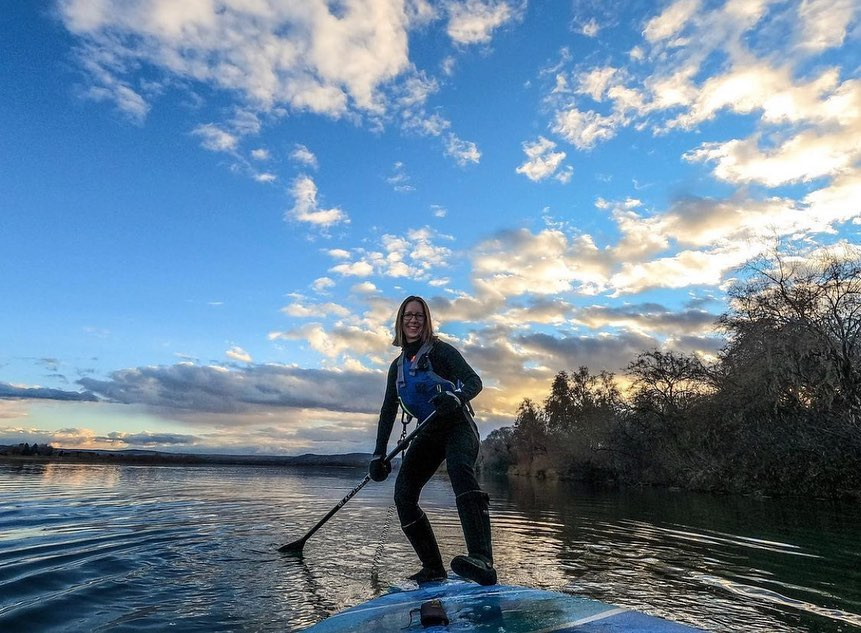
Where to Stand on Your Paddle Board
Paddle boarding is not just a sport; it's an art that combines balance, strength, and the serenity of being on the water. Whether you're gliding through tranquil waters or navigating choppy waves, knowing where to stand on your paddle board significantly influences your experience and performance.
Key Highlights
- Introduction to Paddle Boarding Positions: Understand the versatility of paddle boarding and the importance of mastering where to stand on your board for optimal performance.
- Choosing the Right Board: Learn the differences between inflatable and solid paddle boards, focusing on durability, convenience, speed, and agility.
- Preparing Your Board: Tips for setting up your paddle board, attaching fins, and ensuring a secure grip to start your adventure.
-
Finding the Ideal Standing Position:
- Locating the Sweet Spot: Stand at the center of the board, around the carrying handle, to ensure stability and control.
- Foot Positioning for Optimal Balance: Adopt a stance with feet parallel, hip-width apart, for the best balance and effective paddling.
-
Tailoring Your Stance for Various Activities:
- Speed and Distance: Adjust your position slightly towards the back for racing or long-distance paddling.
- SUP Yoga and Fitness: Center yourself for stability during yoga or fitness routines.
- Fishing and Leisure: Understand the flexibility in positioning when fishing or cruising for leisure.
- Practicing and Perfecting Your Stance: Emphasize the importance of practice in a safe environment to find what works best for you and your board.
- Safety Considerations: Always prioritize safety by wearing a personal flotation device (PFD) and using a leash.
Introduction to Paddle Boarding Positions
When it comes to the world of water activities, paddle boarding stands out for its accessibility, versatility, and the sheer fun it provides. From a serene yoga session on a calm lake to an adrenaline-filled adventure of surfing ocean waves or long distance expeditions, paddle boarding offers something for everyone. One of the most important skills to master in paddle boarding, regardless of your style, is where to stand on your paddle board.

Setting Up Your Paddle Board Adventure
Choosing the Right Board
Before diving into stance techniques, ensure you have the right paddle board for your adventure. Inflatable paddle boards excel in durability and convenience, ideal for beginners and those with storage concerns. Solid paddle boards, on the other hand, offer speed and agility, preferred by experienced paddlers and racers.
Unpacking and Preparing Your Board
With your paddle board ready—be it an inflatable SUP packed in its storage bag or a sleek solid board—preparing it for the water is straightforward. Attach the fins for stability and direction, check the traction pad for grip, and ensure all accessories, like a manual pump for inflatables or a paddle holder, are set.

Finding the Ideal Standing Position
Locating the Sweet Spot
The center of your board, usually indicated by the carrying handle, is the "sweet spot" for standing. This position ensures equal weight distribution, providing stability and control. Incorrect positioning, too far forward or back, can hinder your paddle board's efficiency and your ability to steer and balance.
Foot Positioning for Optimal Balance
Stand with your feet parallel, hip-width apart, centered over the board's width for the best balance. This stance, combined with slightly bent knees and a straight back, creates a solid foundation for effective paddling and maneuverability.
Mastering where to stand on your paddle board is crucial for balance, control, and speed when paddling. Your board's design influences where the ideal spot is.
Tailoring Your Stance for Various Activities
Speed and Distance
Aim slightly towards the back of the board for racing or long-distance paddling. This adjustment allows for powerful strokes and increases speed, although it requires a delicate balance to avoid dragging the tail.
SUP Yoga and Fitness
Center yourself on the board for stability when engaging in yoga or fitness routines. Boards with larger deck pads are particularly suited for these activities, offering ample space for movement.
Fishing and Leisure
When fishing or cruising leisurely, your paddle board serves as a floating platform, and you may find yourself sitting or kneeling as often as standing. The key is to distribute your weight evenly to maintain stability.

Practicing and Perfecting Your Stance
Familiarity and comfort with your paddle board come from spending time on the water. Experiment with different positions in a safe, calm environment to understand how your board responds and what feels best for you.
Remember, no matter your activity on the water, safety is paramount. Always wear a personal flotation device (PFD), and consider using a leash to ensure you and your board stay together, should you fall.

